Sigma’s approach to mirrorless lenses (DN) has come in two distinct phases. Sigma first released a series of three budget primes with moderately wide apertures (19mm, 30mm, and 60mm f/2.8 DN lenses). I’ve tested all of these, and they are actually surprisingly good little optics, with nice color, quiet focus, extremely compact size, and a bargain price. Though they look nothing like the other ART series lenses, they were, ironically, badged as ART lenses. In 2016 Sigma launched a new mirrorless lens, the Sigma 30mm f/1.4 DN DC. Though it shared a lot of design elements with the SLR ART series primes (similar body style and materials), along with the wide maximum aperture that ART primes are famous for, it was, ironically, badged a “Contemporary” lens. As a result, Sigma’s approach to mirrorless branding is a little like Alice’s “Through the Looking Glass”, where everything ends up somewhat upside down. The Sigma 16mm f/1.4 DN lens certainly looks very much like an ART lens!
Internal conversations with Sigma insiders reveals that the popularity of Sony’s E mount (and its evolution to the more premium a6xxx series) caught Sigma a little by surprise, and this second wave of lenses (and their more premium nature) makes for a better match with Sony’s own evolution. Having owned and used the 30mm f/1.4 DN lens, I was excited for the release of the new Sigma 16mm f/1.4 DC DN Contemporary as a reasonably priced, premium wide angle option. If you own Micro 4/3rds or Sony APS-C E-mount, the 16mm DN should be a serious interest to you.
Thanks to my friends over at Sigma Canada for the loaner of the review copy of the lens.
The Contemporary designation apparently comes because the lens relies on electronic correction (through the embedded profile) to correct for some things like distortion and vignette rather than the correction coming solely through the lens optics (which ART lenses are supposed to do). Fair enough, though I’ve seen very few perfectly corrected lenses in my day, and I don’t recall any of them being ART lenses (Otus, perhaps!).
So don’t be put off by the Contemporary designation; the 16mm DN is a serious performer!
Prefer to watch your reviews? I’ve got you covered! See my full video review here!
Sigma 16mm DN Build Quality
As previously noted, the physical design of the 16mm DN is instantly familiar to those who have used either the 30mm f/1.4 DN Contemporary or a lens like the 35mm f/1.4 or 50mm f/1.4 ART lenses. If you were familiar with the 30mm DN lens, it will seem a little large; if you were familiar with the 35/50mm lenses, it will seem quite small. This is, by a good margin, the largest lens in the DN series, but it is still a relatively compact lens by normal standards. To be fair, however, this is also the most extreme lens in the series, as all previous lenses have been very “safe” focal ranges (from 28mm – 90mm full frame equivalent). The 30mm lens has a full frame equivalent focal range (on a Sony 1.5x crop factor) of 45mm, and has a relatively simple optical formula of 9 elements in 7 groups. The 16mm lens corresponds to a classic wide angle of 24mm, and with an extremely large maximum aperture to boot. That added engineering challenge is shown in the complexity of the optical formula, which is 16 elements in 13 groups (almost twice as complex)!
This video breaks down the build and handling of the 16mm DN.
The 16mm DN is 3.63” long (92.3mm) and a fairly narrow 2.84” (72.2mm) in diameter. This is about ¾” (19mm) longer than the 30mm, but only about 7mm larger in girth. Filter size in an extremely common 67mm. The lens weighs 14.29 oz (405g). The lens still balances fine on the Sony a6500 body that I used to test it on, though it is definitely up in weight from the 30mm, which weighed in at 265g.
The lens body is Sigma’s attractive, modern blend of black on black but given character through a variety of textures, including fine ribs at various points. While all Sigma lenses use a lot of the same materials (a mixture of metals and their “thermal composites”, aka high end engineered plastics), some Sigma lenses have a slightly more premium feel to them. This is such a lens, and nothing about the lens feels cheap.
There are no switches nor any distance markers on the lens due it it having a stepping motor with a “focus by wire” manual focus ring (with such lenses there is no physical coupling to the elements, which renders a standard distance window impossible). Zeiss has created a solution to this on its high end Batis line by adding a small OLED display that electronically simulates a distance window (among other things.). The manual focus ring is nice and wide on the lens, and moves much like most “focus by wire” systems – smoothly but without a lot of tactile feel.
One nice touch that I’ve seen on some of the ART series lenses and that is included on the 16mm DN lens is a rubberized transition zone on the included lens hood right where you would grip the lens hood to loosen or tighten it. It’s that kind of small attention to detail that impresses someone like me who sees a lot of lenses.
The lens has the now standard nine rounded aperture blades that I’ve seen on most all the Sigma lenses I’ve reviewed in the last 4-5 years. I’ll comment more on the bokeh quality in a moment, but Sigma does a good job of maintaining a circular shape even with the aperture closed down a number of stops.
If you were planning to do some macro work with your wide angle lens, the 16mm DN is certainly not going to your first choice. It can focus down to a relatively close 9.84” (25cm), but doesn’t have much of a focal length to achieve magnification with. The byproduct is a rather poor 0.10x magnification (1:9.9 reproduction ratio). If you need magnification from your wide angle lens, something like the Samyang/Rokinon 12mm f/2 lens might better suit your purpose.
I’ve saved some of the best news until last. The 16mm DN is the first Sigma mirrorless lens to include some moisture resistance, which I think very important on a lens that will likely be used for landscape work. It has a very small rubber gasket near the lens mount and Sigma calls it “dust and splash-proof”, which suggests some further sealing internally.
All in all there is a lot to like and little to criticize here. It’s a nicely made lens that has a premium look and feel to it.
I inadvertently put this to the test, as I was shooting a wedding in Portland, Oregon, and had the lens in a harness system. I had grabbed the wrong connector by accident, so I knew that I didn’t have as snug a fit in the holster that I had my Sony a6500 and the 16mm DN in (I was carrying it as a wide angle option to supplement my full frame bodies that did the heavy lifting). I was being careful initially, but while shooting a shot of the bridal party from across the foyer of the facility we were in, I was rushing down the stairs for another angle when it happened. Thud! I watched in frozen horror as the camera and lens bounced down the wooden rungs of the staircase…all the way down. When I rescued it at the bottom, however, while the lens hood was knocked askew and had pushed the rubber of the focus ring back a bit, I was able to quickly straighten everything up and ended up with no more than a small scuff on the lens hood. The lens focused fine, and when I tested it later, continued to show good centering. That’s not the kind of testing I like to do…but the lens passed, with flying colors. Here’s the infamous staircase, shot with the lens…
Sigma 16mm DN Autofocus
I’ve previously reviewed the 19mm f/2.8 DN ART lens from Sigma, and, while the AF worked fine in a lot of situations, I discovered with use that I had some issues with the AF pulsing in and out some during video recording, particularly if there was any backlighting in the scene. This was in large part due to the fact that it was developed during the NEX days when Sony exclusively used a Contrast AF focus system in its mirrorless system. Later on, however, Sony moved to a hybrid system that employs both Phase Detect and Contrast AF along with new features like Eye AF. Sony loves innovation, and my opinion is that they are much better at developing new technology than they are at fully realizing (and servicing) existing tech. Sony is very much a forward looking company, and that has both good and bad points. This is, I imagine, one of the challenges of developing for a Sony system – the target keeps moving. The good news is that the newer DN lenses (16 and 30mm) have been developed with Sony’s newer AF technology in mind.
Sigma says this, “The optical design and stepping motor deliver smooth autofocus during video shooting. The lens design fully accommodates the Fast Hybrid AF of Sony E-mount cameras for super-fast autofocus functionality. Using face recognition AF results in consistent autofocusing on faces, even as the subjects move.” In other words, the 16mm DN supports all of Sony’s new bells and whistles on their newer mirrorless bodies.
In practice, the Sigma 16mm f/1.4 DN has great autofocus. The AF is near instantaneous as I move from minimum focus to infinity targets, locking on silently and confidently. And it is silent. Even I put the lens next to my ear the only thing I hear during focus is the focus confirmation beep. AF-C mode produces no audible noise, either, and I got excellent face tracing during video segments (something I use these Sigma lenses for quite a bit). It’s not always foolproof, but, then again, I’ve yet to see anything on a Sony system that quite matches the magic of Canon’s DPAF for video servo AF face tracking. This lens does seem better than average though.
I’ve used some other third party wide angle lenses for Sony (the aforementioned Sigma 19mm and the Zeiss Touit 12mm f/2.8) and got a bit of pulsing with those lenses in certain situations (this was also true of several lenses I adapted to the system), but I’ve not seen any of that behavior from the 16mm DN, which locks on very confidently.
I’ve got nothing but good to say about the AF on this lens, which hasn’t always been the case with Sigma lenses in the past!
Sigma 16mm DN Image Quality
The best way to get all the info is to watch this video:
One of my favorite things about Sony is that they are not restrictive with third party lenses when it comes to in camera profiles. Third party lenses get the first party treatment for in camera corrections of things like distortion, vignette, etc…. Unlike Canon, however, they also embed profile corrections into the RAW files. This is great in real world use, but as a lens reviewer it can be a little difficult to divorce lens performance from camera corrections. I have decided that what matters in my Sony reviews is to report on what you are going to see as the end user, which is going to be the images after correction.
It is interesting to note, for example, that at the moment when I click the shutter I can see the sides of the images being “stretched” as the lens profile is added. So, the 16mm DN is getting some in camera help, but the good news is that the end product is pretty excellent.
Before I break down the details of the lens performance, I do want to raise one more point. The Sony a6500 I’m testing the lens on has an excellent sensor. Good color, great dynamic range, and a nicely detailed 24 MP sensor. In some situations I strongly prefer full frame image quality to APS-C, even from a good sensor like this one. One of those areas is when the ISO level goes up, as I find the “look” of the pixels to be more obvious on APS-C. A lens like this 16mm f/1.4 certainly helps that problem, though, as due to the wide maximum aperture, easy to handhold focal length, and, in the case of the a6500, an excellent IBIS system (In Body Image Stabiization), there are very few situations where a high ISO level will be necessary. The lens’ strong performance at wide apertures only seals that deal!
Resolution
The 16mm DN is a very strongly performing lens, with a lot of resolution available even at wide apertures. In real world shooting I was very happy with the results, with a lot of good detail showing up at a pixel level. The sharpness is also nicely even across the frame, with fairly good edge performance (important for landscape photographers). Wide open (f/1.4) the center performance is stronger than the corners, but neither are the corners mushy, either. There is a bit of veiling (lower contrast) wide open that I traced to a fairly common problem with wide aperture lenses – some axial (or longitudinal) chromatic aberrations. Unlike lateral chromatic aberrations, which often appear near the edges of the frame as green and purple fringing on both the top and bottom of things like, say, tree branches or other high contrast subjects, axial CA (LoCA) occurs when not all colors focus equally. It typically appears as purple fringing before the plane of focus and sometimes also with some green fringing after the plane of focus. Lateral CA is mostly unaffected by aperture, and will appear at most aperture values. Axial CA is often “fixed” by stopping the lens down to smaller apertures, as the depth of field increases and there is less variance between the focus of the colors.

The lens does not really suffer with any green fringing after the plane of focus, but there is definitely some purple fringing that shows up before the plane of focus. This axial CA does rob a little of the wide open contrast (which may or may not be a bad thing depending on your subject and/or shooting style). Fortunately, in this case, the solution is easy. Stopping down to f/2 or smaller essentially eliminates the issues, and, as a result, there is a big difference between f/1.4 and f/2 ( as you can see in the sample below).
If you want to eliminate some CA at f/1.4, you need to use something like Adobe’s eyedropper tool to select the color and then eliminate it.
The corner sharper increases slowly as you stop the lens down, and the optimal aperture for landscapes seems to be around f/5.6 where the center and edge performance are most closely aligned.
Here’s a breakdown of the resolution in a controlled test at fairly close range:
F/1.4: Left, Center, Right
F/2: Left, Center, Right
F/2.8: Left, Center, Right
F/4: Left, Center, Right
f/5.6: Left, Center, Right
When I shot a similar scene on the a6500/Sigma 16mm and then the new a7RIII/Sony FE 24-105mm f/4 G OSS lens (at f/5.6) and then downsampled the a7RIII image to equivalent resolution with the a6500 (which favors the a7RIII result), I found that the Sigma 16mm DN still delivered the better image. Less vignette along the edges, better sharpness near the edges, and slightly more contrast. This is a very sharp lens, with few competitors in the Sony system.
Speaking of the a7RIII, the 16mm DN can be mounted on a Sony full frame E mount camera, where it will automatically trigger Sony’s APS-C mode (on the a7RII/a7RIII this is still a quite robust 18MP). You have the option of manually turning APS-C mode off, but there is little to gain by doing so. The full frame image circle isn’t even close to being covered, and you will need to essentially crop to the regular APS-C crop factor to eliminate the black area where the image circle isn’t covered by the lens.
Save yourself some trouble and just shoot with the lens in APS-C mode. There aren’t really any benefits from doing otherwise.
Still, I like the lens on the a7RIII as a reasonably sized, sharp prime in APS-C mode and also as a great video option in Super 35 mode. You get to take advantage of that great sensor and still get a nice 18 MP of resolution.
Color Rendition
My review of this lens coincided with one of the worse stretches of weather that I’ve faced. Extreme cold temperatures punctuated every now and then by blizzard-like storms. Not exactly the prime time of year to get great color. I’ve done my best, but please realize that this lens is capable of delivering better color than what my review photos might suggest.
It’s important for a landscape lens to deliver a good color performance. Most lenses deliver a fairly good color performance, with a few outliers. I’ve seen some modern lenses with a bit of a color cast/bias to them or that deliver somewhat flat colors, and there are some other lenses (usually with Zeiss attached to them) that have a extraordinarily beautiful color rendition that is both vivid and accurate. The 16m DN seems to fall into mostly the normally good category. Images look very good coming out of the lens, but neither was I wowed in any particular way. Color accuracy seemed to be quite good, and saturation seemed about neutral (meaning you can dial in what you want either via in camera profiles or in post processing). There are certainly no odd color casts, nor do images look flat and unsaturated. I think Sigma delivered what they needed to here.
I should note here that the lens is easy to add filters to at a very common 67mm size, which certainly adds to the value as a landscape lens. I like to add ND filters for allowing for longer shutter speeds, and in some situations a circular polarizer can reduce reflections, add contrast, and deepen color saturation. The focal length is not so wide that you should get too many weird “polarizing” effects in blue skies. All of the focus takes place internally, and nothing rotates at the front, which makes using a polarizer more simple.
Flare Resistance, Chromatic Aberrations, Bokeh, and Distortion
One area of strength for the lens is in the flare resistance (a key metric for a wide angle lens!). I was delighted to find that when I put even harsh sun in the frame the image quality held up almost perfectly, and that was true at a variety of aperture values. A nice bonus is that the nine bladed aperture produces very nice sun bursts/sunstars with the lens stopped down, which I really appreciate in a wide angle lens. I love shooting backlit scenes and adding that sunburst effect as a finishing detail.
I did notice some purple fringing in certain high contrast scenes at wide apertures. The nature of this is covered in the resolution section above. It is essentially only an issue at f/1.4.
While a wide angle lens like this is hardly going to make backgrounds disappear, a wide aperture on a lens like this does have the benefit of giving you a more 3 dimensional look to some of your images. If you compose with your subject having some distance to the background, it will definitely stand out. The quality of the bokeh in these situations is really quite good, though I did notice in an image with Christmas lights in the background that there were some concentric rings (commonly called “onion bokeh”) in the bokeh circles. These are almost never going to be large enough with this kind focal length to be noticeable, however, so I wouldn’t be too concerned. I only noticed them at a pixel level examination of the image. In most situations I found the quality of the bokeh to be fairly nice, as this shot of pillars on a staircase shows.
Gauging distortion of the raw lens itself is a little difficult because of Sony’s profile attachment (in camera correction), but I can see on the screen or in the viewfinder before the transformation takes place (in a split second) that there is some noticeable barrel distortion. But by the time the image stretches out and is massaged into shape by the end result is not bad, with only a mild amount of barrel distortion remaining. You can purposefully see the distortion by turning off the profile correction, which shows that the lens definitely has some moderate barrel distortion. In this case, however, the automatic correction will be there in both your JPEG images and through the embedded profile in RAW files.
I see no reason why this lens couldn’t be a friend to, say, a realtor who needed to shoot interiors for a listing. Certainly for landscape type work or general purpose shootings the lens will work just fine after the profile corrections are applied.
The same is true of vignette, that, while it certainly exists if you go digging for it, arrives already corrected for in both RAW and JPEG images. I had to go digging to find the vignette to demonstrate here.
I recommend that you take a look at the image galleries here to see more images that I took during the review.
Coma Performance
Comatic aberrations are something I try to test and look for with any wide angle options that might potentially be used for astrophotograpy (stars) or similar purposes. The wide maximum aperture of this lens only heightens a lot of people’s expectations for using this lens for astro work. Unfortunately this has never been a big Sigma strength in the many Sigma lenses that I’ve tested. They aren’t the worse performers in this metric, but neither are they near the top, either. The same truth applies here. While I didn’t get an amazing astro night during my review period (this time of year brings either overcast conditions or bitter cold conditions, often with a bright moon), I did get one extremely cold (-32 C) night were I was able to go out (briefly) and shoot stars (brrrrr….).
First the bad – there’s definitely some coma. Star points are fairly crisp in the center of the frame, but near the edges they stretch a bit and grow wings. They look a little like mosquitoes. Stopping down to f/2 does help a bit, but doesn’t eliminate the issue.
A secondary issue is more about the nature of mirrorless. Mirrorless lenses (unless they are manual focus), rely on a focus by wire system. This means that when you turn the focus ring it sends input to the focus motor, which then moves the elements to focus. It isn’t quite as precise as direct manual focus, though, as thus makes focusing on the stars a little more challenging. There is no standard distance window, and what I saw with the in camera feedback was that accurate focus for stars arrived nowhere close to “infinity”. Autofocus is rarely going to work in that kind of setting, either, so you will have to practice focusing. I found it more challenging than I’m accustomed to on DSLRs.
Now for the good. Because the star points occupy so little space in a wide angle frame like this, this isn’t overly obvious unless you are looking at a pixel level. The even better news is that the lens sucks in a LOT of light, making it very easy to shoot stars at lower ISO levels and faster shutter speeds, which means a cleaner result and also less risk of movement in the stars.
I don’t consider this lens a top choice for astro, but I made a few images with it that night that I like a lot, so won’t hesitate to use it in that fashion in the future.
A Good Video Option
If you are a videographer or vlogger, this lens should definitely be of interest to you. This is a great focal length, in either Super 35 (full APS-C frame – 24mm full frame equivalent) or 30P crop mode (where it frames a little tighter – probably closer to a 30mm full frame equivalent via a roughly 1.8x crop factor), and will give you quality footage with great detail and quality autofocus. The footage is noticeably sharper than average, and I fully expect this lens to be a favorite with videographers.
The lens focuses smoothly and quietly during AF-C mode, and I found face tracking to be better than typical for the Sigma DN series, with no noticeable “glitches” where my face was lost. The upside of a focal length this wide when used from a gimbal or something similar is that the depth of field is going to be quite deep at most apertures, meaning that the focus shifts are going to be minimal anyway. It’s wide enough to be a great vlogging lens without being too wide.
I like having the two framing options from this lens, as both perspectives are highly useful from a storytelling perspective.
Conclusion
The Sigma 16mm f/1.4 DC DN Contemporary provides something unique to the Sony E Mount lineup and is an attractive lineup even on the M43 side of things. It has a build quality that puts it up near the luxury end of the class of lenses available for Sony E Mount (particularly the APS-C lenses), and a price that is only moderate at $449 USD. The premium competitors (Zeiss Touit or Sony Zeiss options) are mostly double in price, and the similarly priced or less expensive options lack the feature set of the 16mm. I suspect this will be a fairly popular lens, as it seems like a great option for videographers with smooth, quiet focus that takes advantage of the a6500 or similar camera’s strengths as a video platform. That’s a great focal length, and is very useful in either Super 35 or crop for the classic framing options it gives. For stills, the autofocus is quick and accurate, and the image quality is definitely at the top of the heap. It’s larger than any of Sigma’s other DN series lenses, but still a very manageable size on my Sony a6500. All in all, I’m pleased enough with the lens that I purchased my own copy at the end of my review, and that is really the highest praise I could give it. It’s hard to argue with the value of the lens, which checks most of the boxes that a landscape lens should. If this were an ART series lens designed for DLSRs, it would be a thousand dollar lens, so at less than half that it definitely earns an easy recommendation.
Pros:
- Quality build with some weather sealing
- Quick, quiet, and accurate autofocus
- Supports all Sony focus technologies, including Eye AF
- Good sharpness at f/1.4, exceptional sharpness and contrast from f/2 and beyond
- Very strong flare resistance
- No lateral CA, and little to no axial CA after f/2
- Good price to performance ratio
- Largest in class maximum aperture adds to versatility
Cons:
- Some axial CA at f/1.4 reduces contrast
- Coma performance not exceptional
- Minor amounts of distortion remain after correction
Gear Used:
Sigma 16mm f/1.4 DN Contemporary | B&H Photo | Amazon | Amazon Canada | Amazon UK
Sony a6500: B&H Photo | Amazon | Amazon.ca | Amazon UK | Ebay
Sony a7R III Camera: B&H Photo | Amazon | Amazon.ca | Amazon UK | Ebay
Adobe Photoshop Creative Cloud 1-Year Subscription
Alien Skin Exposure X2 (Use Code “dustinabbott” to get 10% anything and everything)
Purchasing your gear through B&H and these links helps fund this website and keeps the articles coming. You can also make a donation here if you would like. Visit my Amazon page for some of my gear of choice! Thank you for your support.
Great News! I can now offer a 5% discount on all purchases at Amplis Foto, Canada’s Leading Photographic Supplier. Please enter discount code: AMPLIS52018DA in your cart. It is good for everything in your cart, and is stackable with other coupons, too! It will take 5% off your entire order! Proceeds go towards keeping this site going and providing you with new reviews!
Check me out on:
My Patreon: | Google+: | Facebook: | Twitter: | Flickr: | 500px: | Sign Up for My Newsletter :





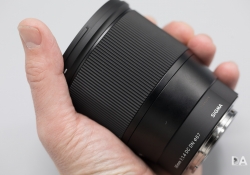
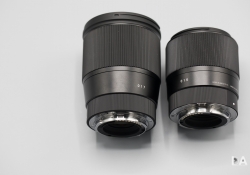
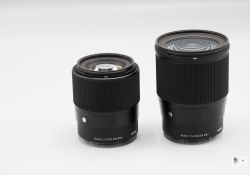
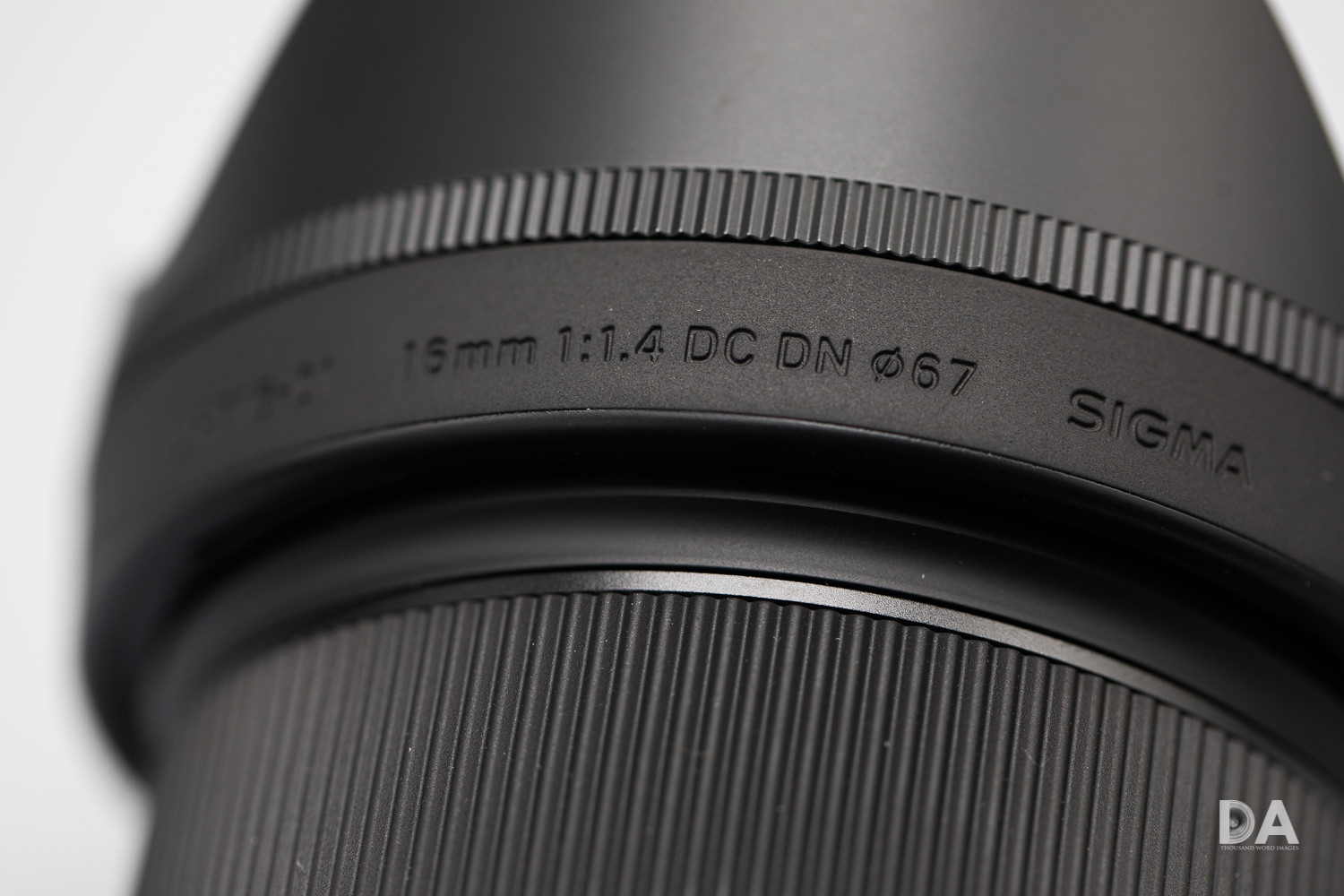
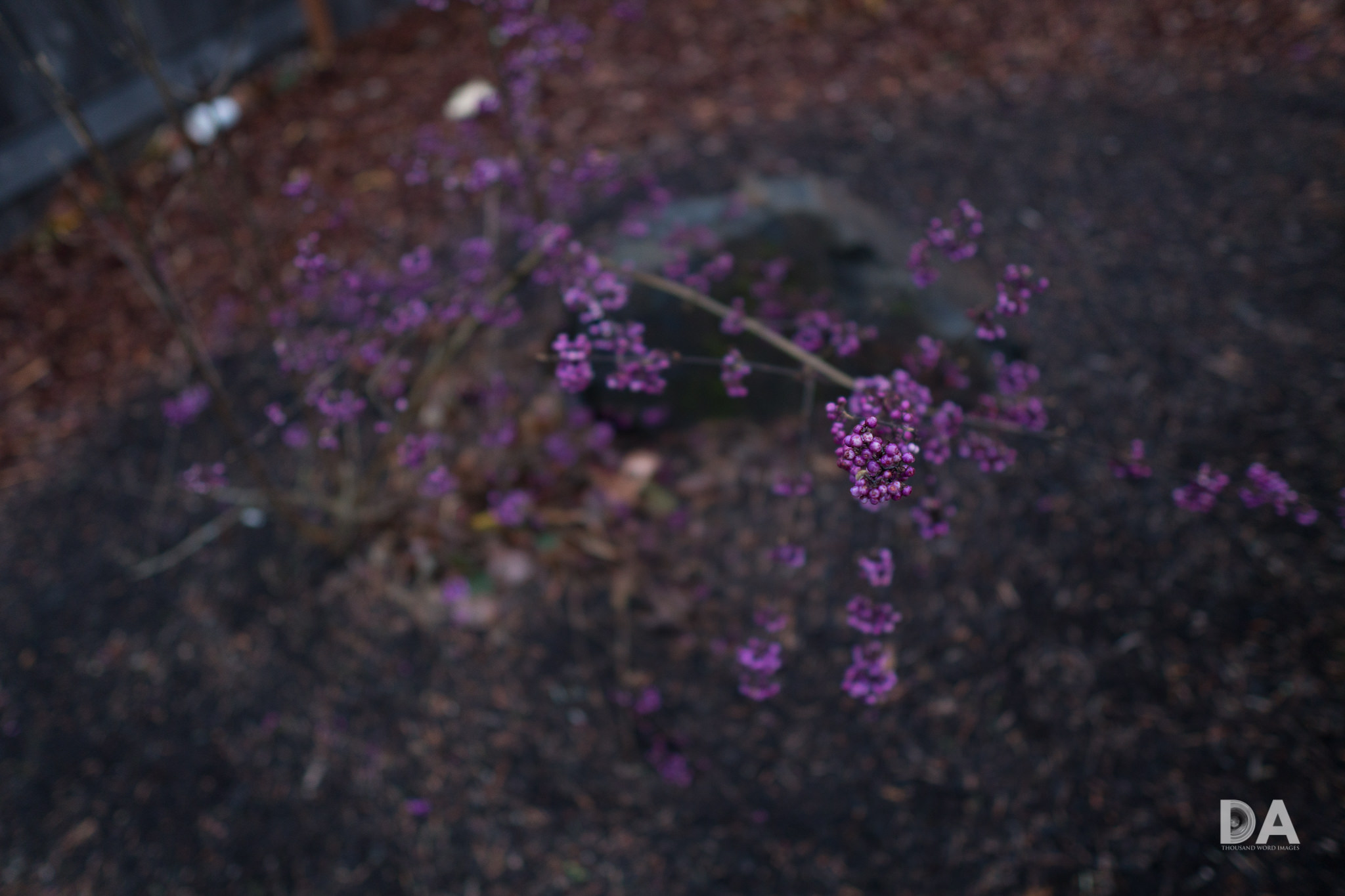
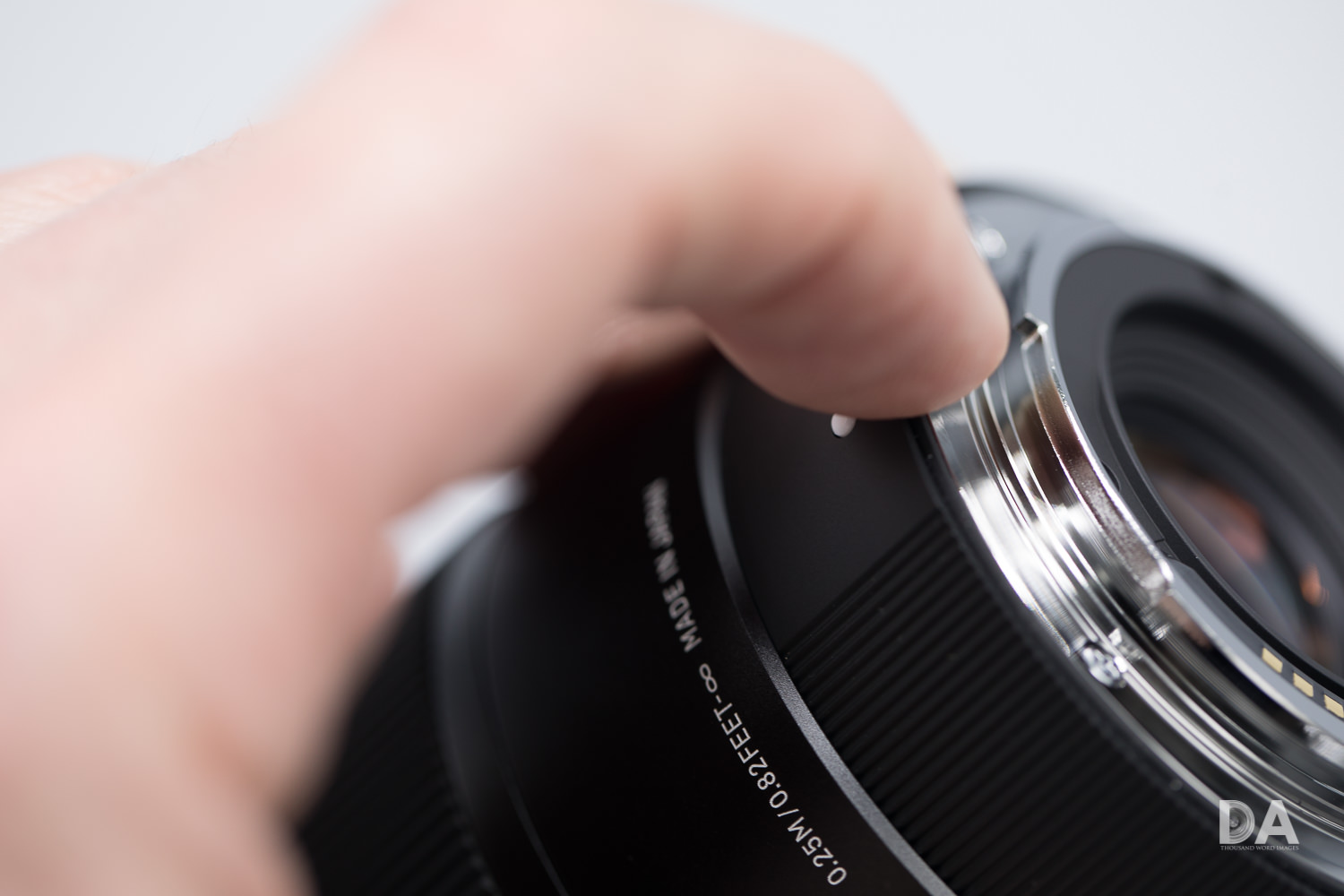
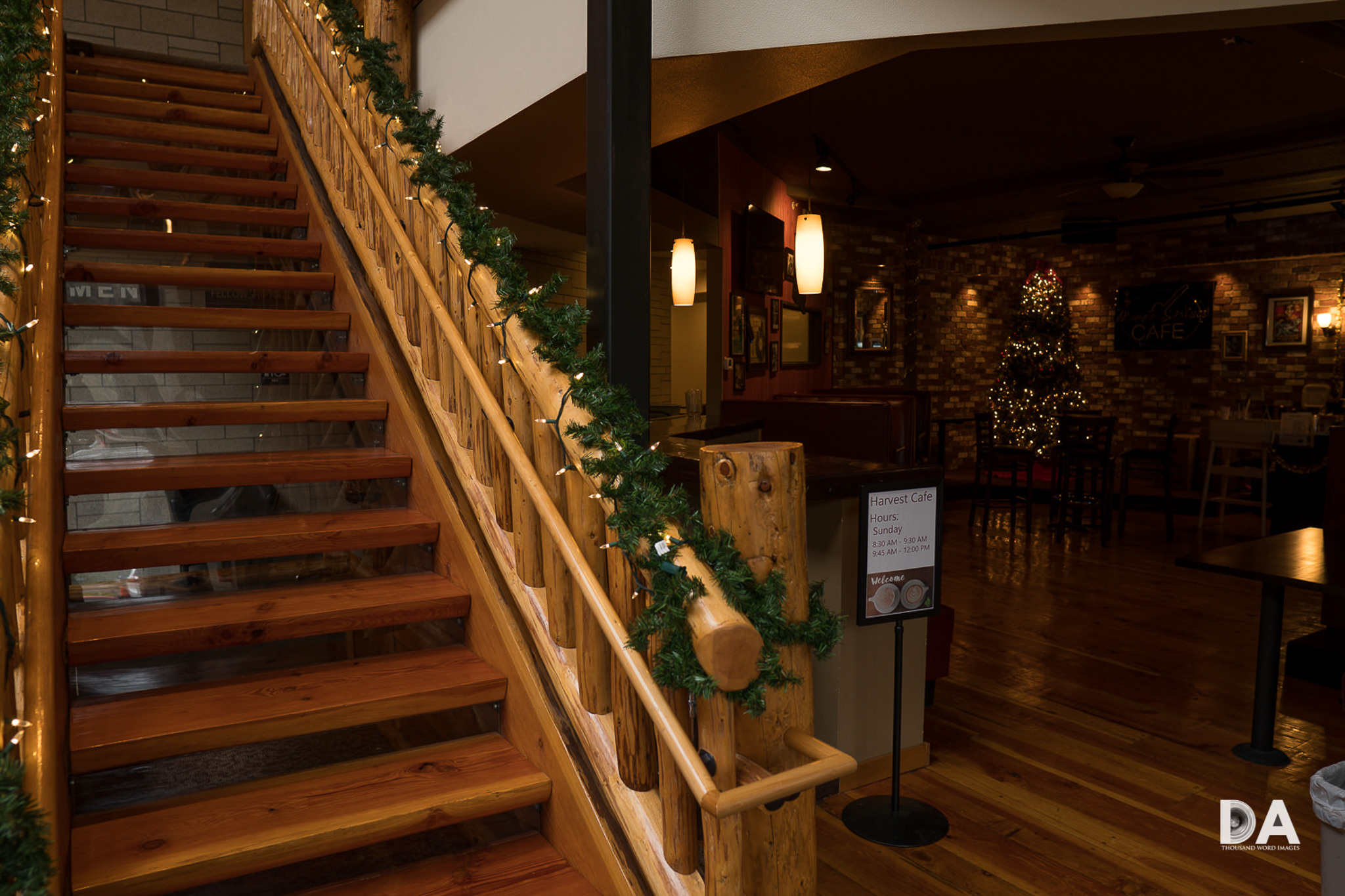
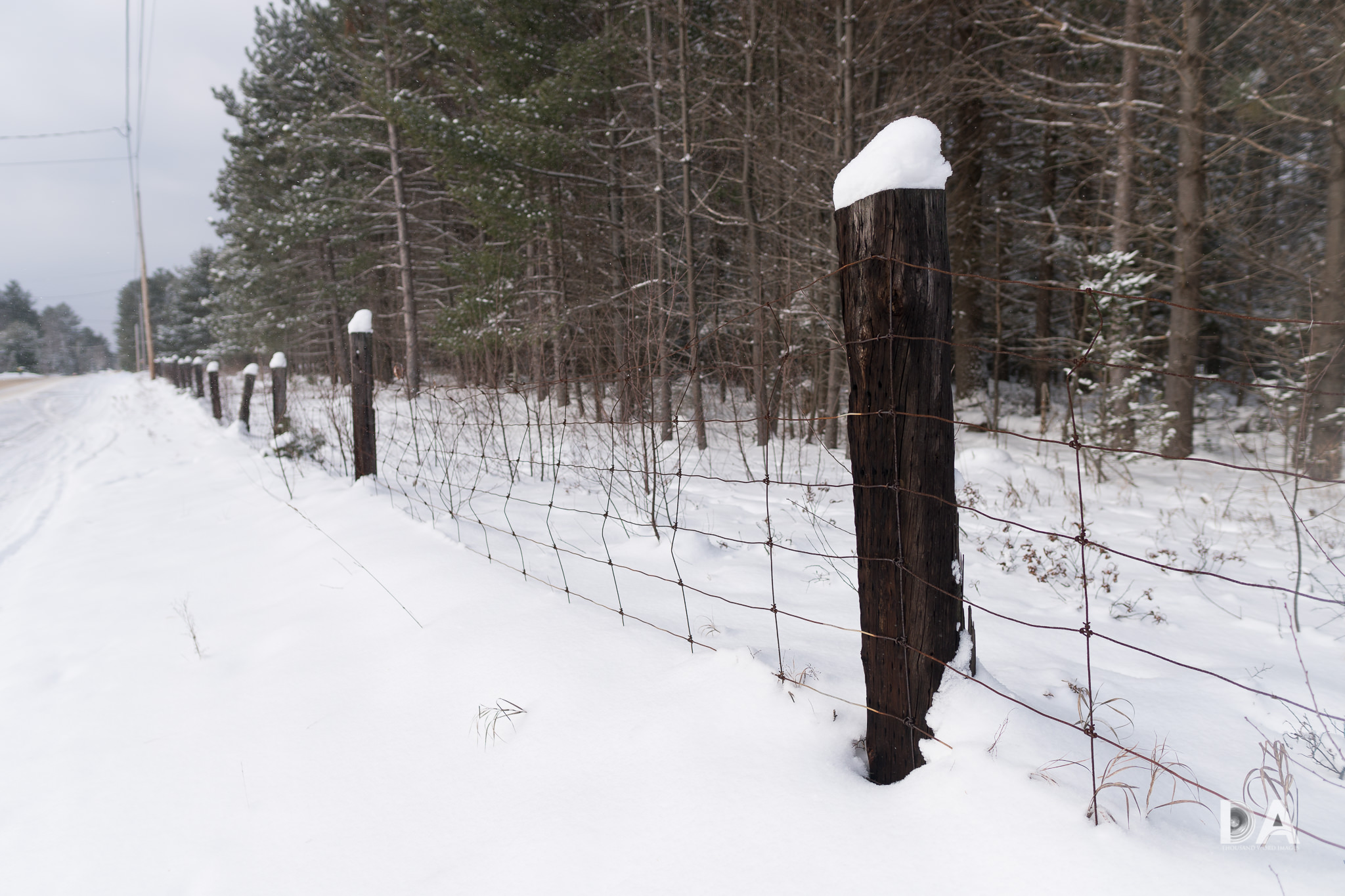
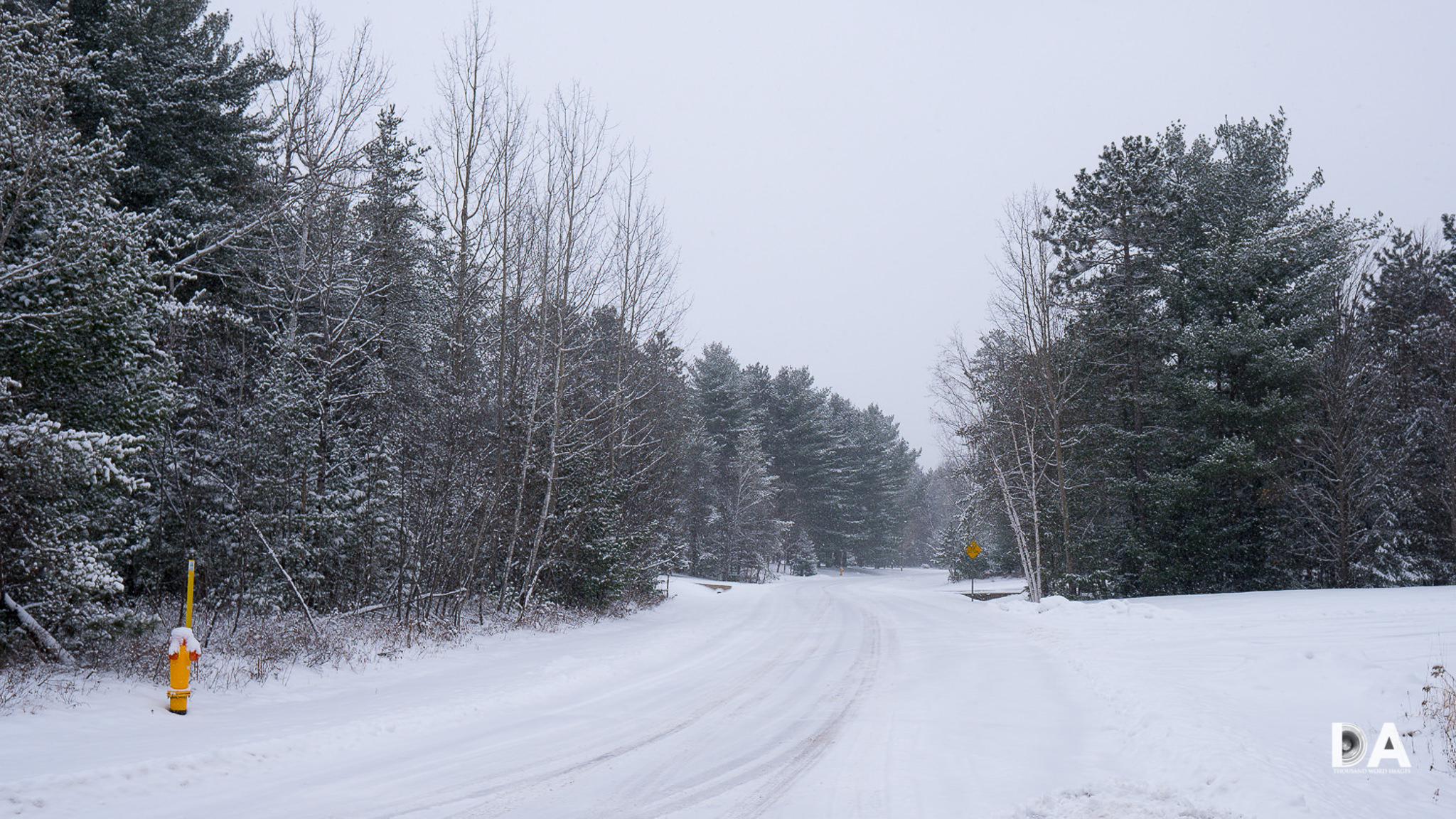






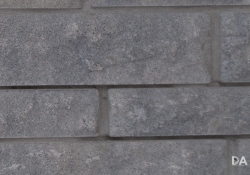









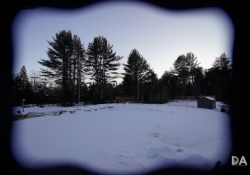
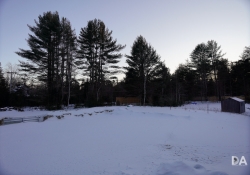
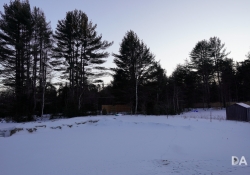

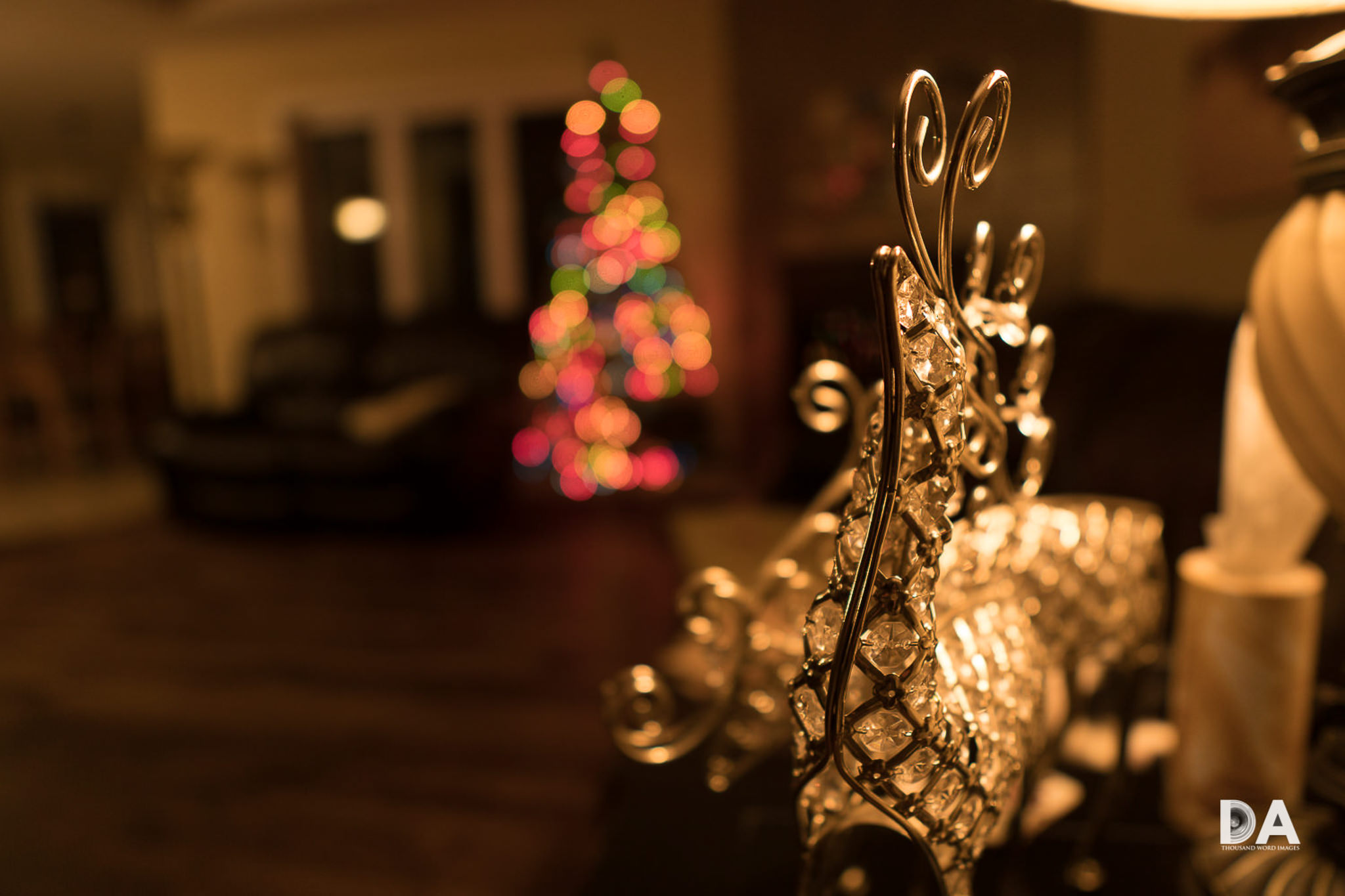






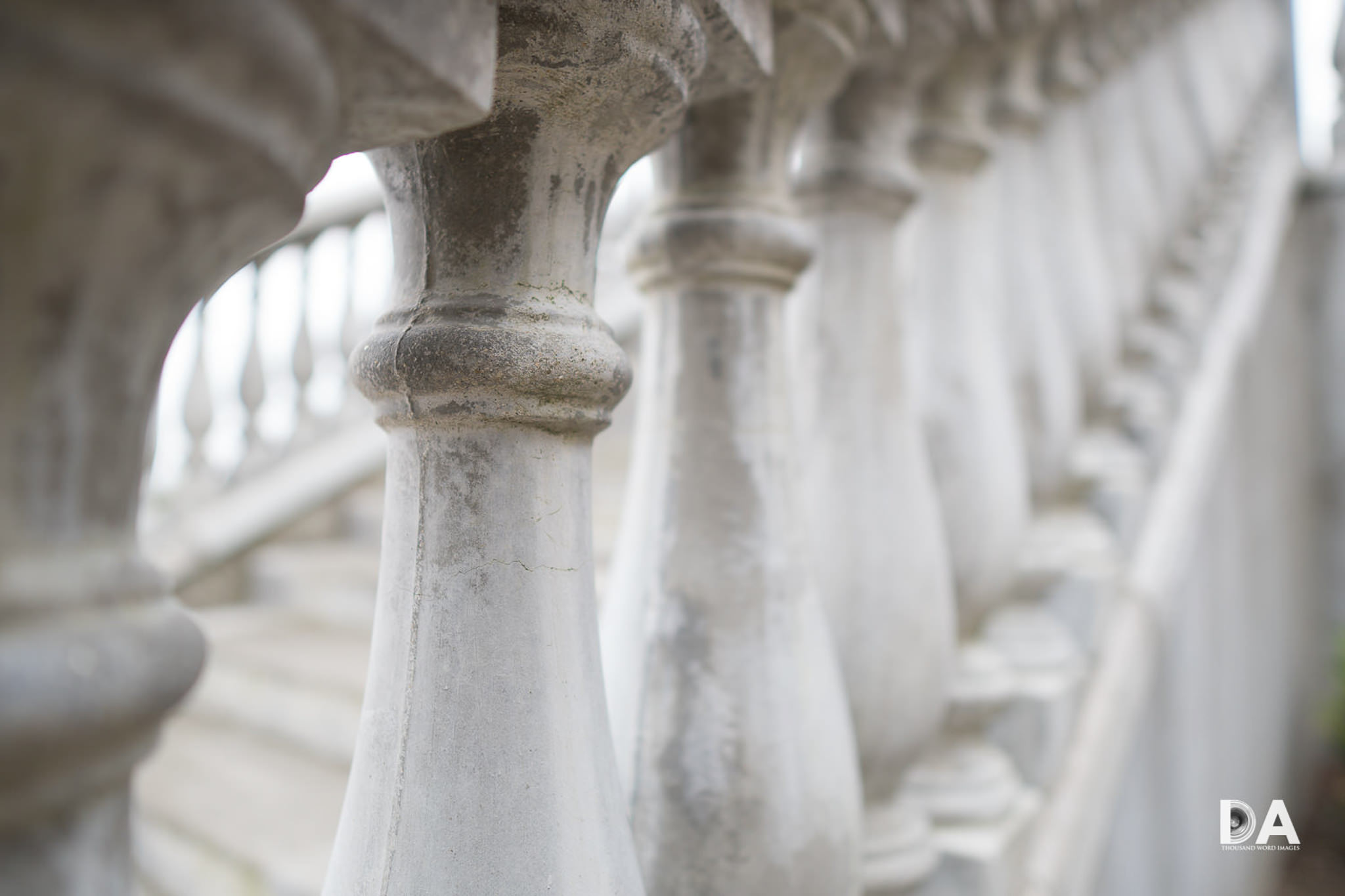


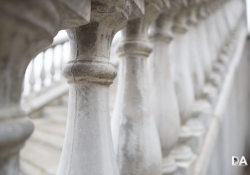


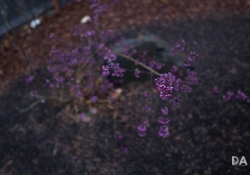



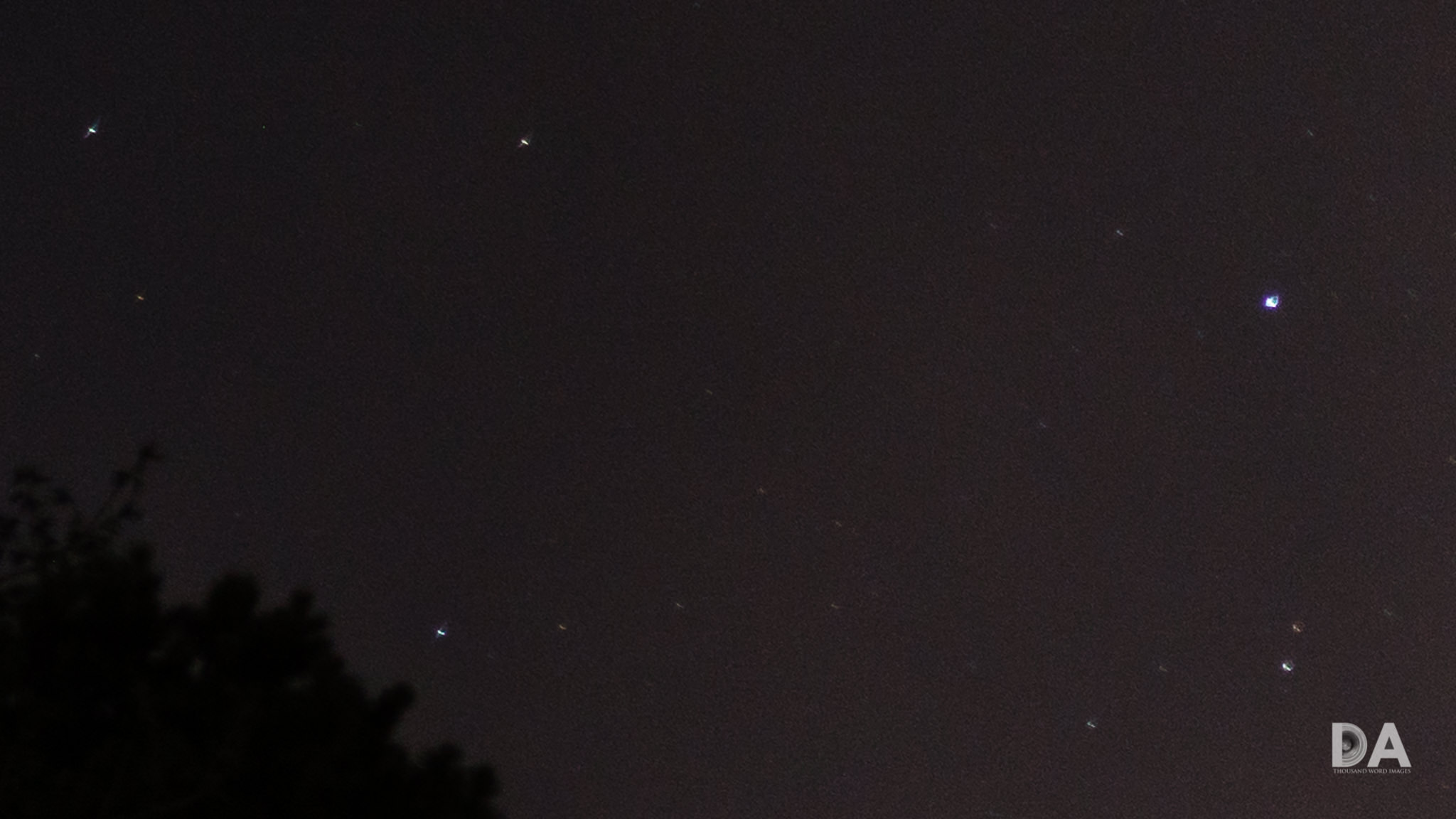
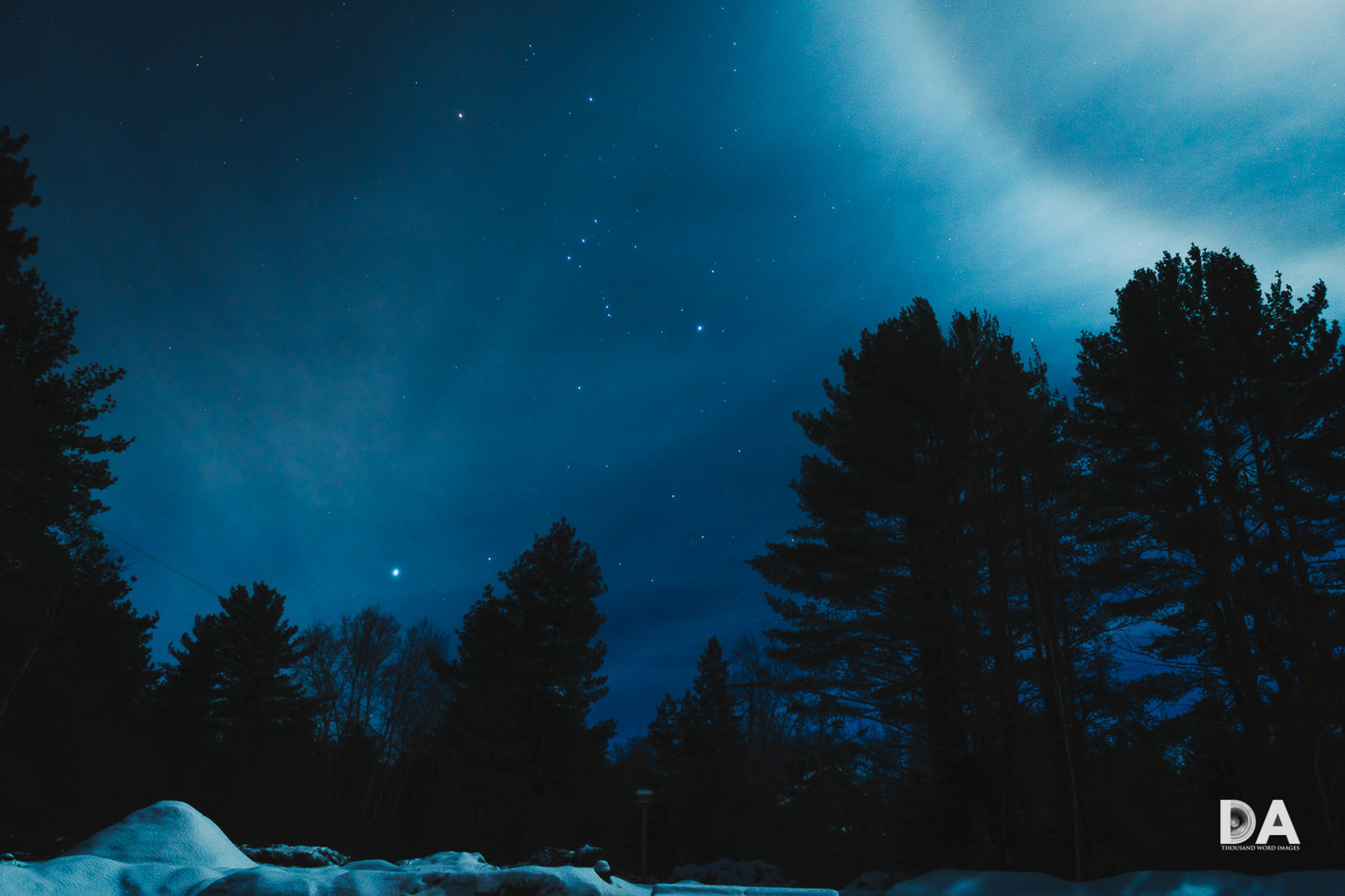
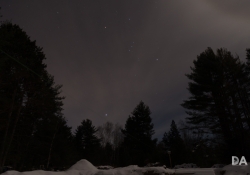
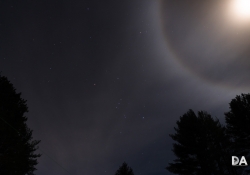

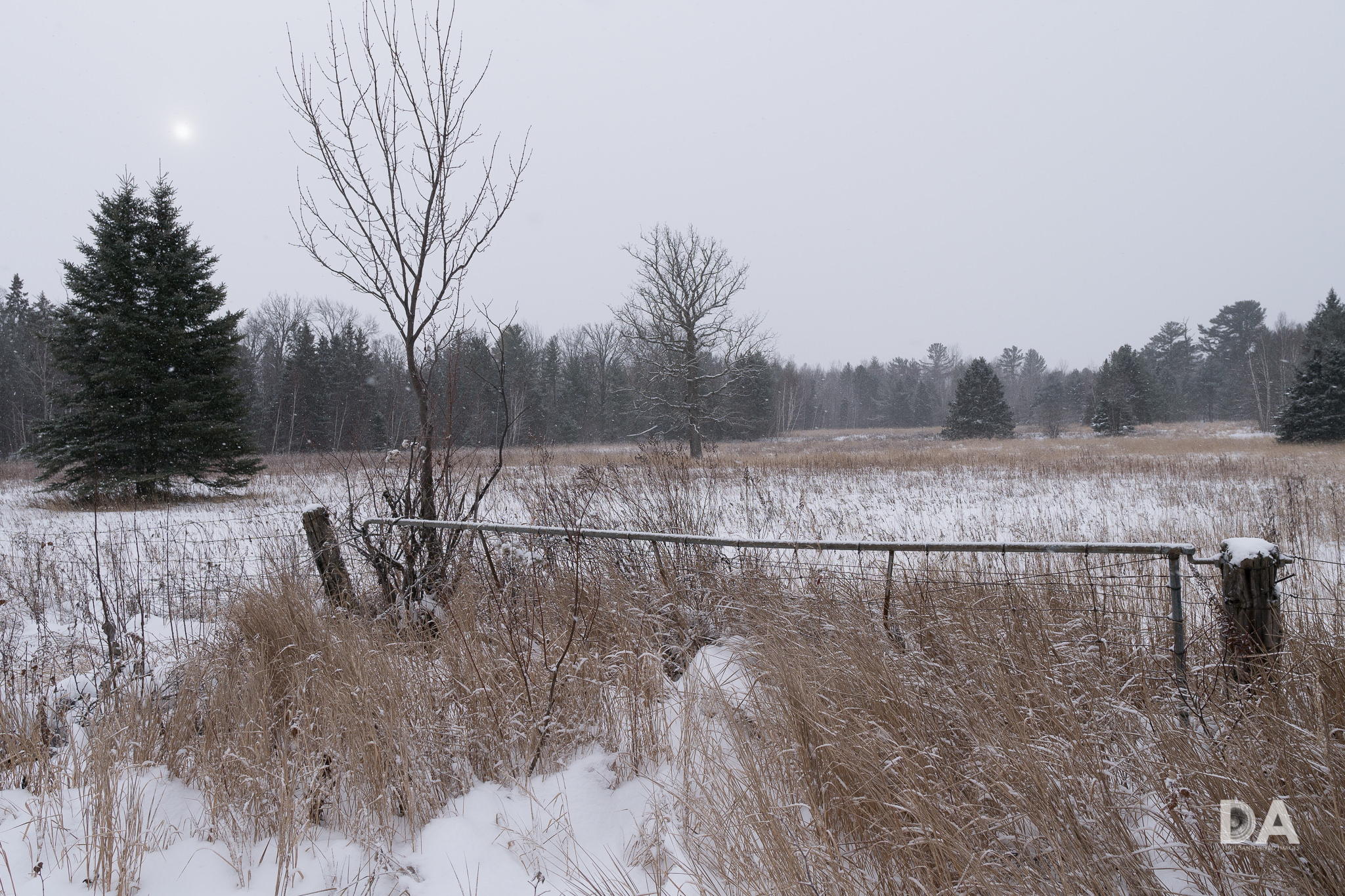

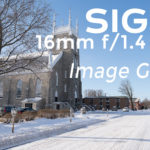


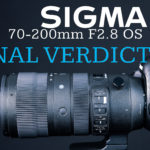
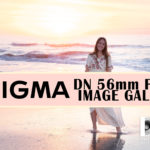
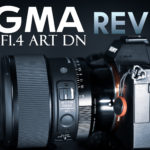
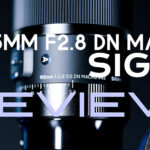


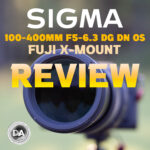
[…] Dustin Abbott E […]
[…] Sigma 16mm F1.4 […]
[…] Sigma 16mm F1.4 […]
[…] Sigma 16mm F1.4 […]